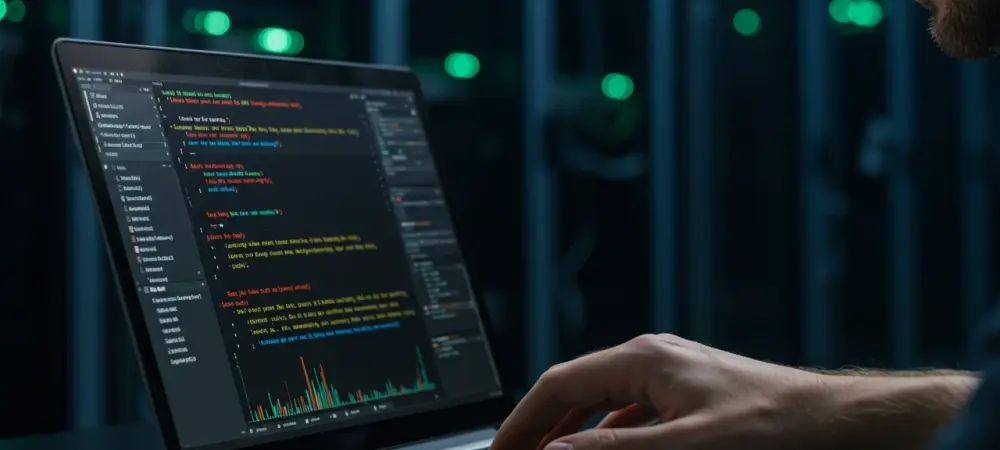The software development landscape is on the cusp of a major transformation with artificial intelligence (AI) at the helm. Software development drives technological evolution, enabling everyday applications and systems. The field is pivotal, underpinning industries from healthcare to finance. The sector witnesses rapid advancement with towering giants like Amazon Web Services leading the charge. Laws and standards are evolving to balance innovation with security, setting new benchmarks for practices.
The Role of AI in Software Development
Emerging Trends in AI Adoption
AI is quickly integrating into software development, fundamentally altering how developers work. Recent trends show a growing emphasis on using AI to handle repetitive tasks, optimize coding processes, and improve project accuracy. Technologies within AI, such as machine learning and natural language processing, are becoming mainstream, enabling developers to generate high-quality code faster. Emerging opportunities lie in automating workflows and enhancing collaborative efforts, ushering in a new era of efficiency.
Market Impact and Projections
Data highlights an upward trajectory for AI in software development, illustrating its significant market impact. Research reveals increased demand for AI-driven tools, with projections indicating substantial growth in AI software spending. Performance indicators show enhanced productivity and better time-to-market metrics due to these advancements. Forecasts suggest that AI integration in development environments will become standard practice, resulting in consistent improvement across software projects.
Challenges and Considerations
Integrating AI into development environments presents unique challenges. There are technical hurdles, such as ensuring AI systems operate correctly within existing structures. Regulatory uncertainties pose additional obstacles, requiring companies to stay adaptive. Market-driven challenges persist, with competition forcing innovation at breakneck speed. Potential solutions include fostering innovation through strategic partnerships and enhancing compliance regimes to safeguard data and privacy.
Regulatory Landscape for AI-Driven IDEs
The regulatory environment for AI-driven development tools is evolving. Specific laws and standards govern how AI tools are developed and used, which is significant for the compliance obligations of companies. Security measures, including data protection protocols and ethical guidelines, influence industry practices. Regulatory adherence is crucial for leveraging AI capabilities while maintaining trust and competitiveness in the market.
Future Directions for AI and Software Development
AI-driven IDEs are set to redefine future software development trajectories, dictating innovation and industry disruptions. As AI becomes more sophisticated, developers and companies will need to adapt to trends, including growing consumer demands for personalized software solutions. Key growth areas include enhancing security measures, adopting new business models, and exploring untapped markets. Trends in regulation and global economic conditions will further shape the industry’s future.
Conclusion and Recommendations
In conclusion, AI-driven IDEs have greatly enhanced software development, steering it toward a future characterized by increased productivity and efficiency. This shift creates opportunities for investment in AI integration, process automation, and skill development to stay competitive. Companies should prioritize strategic partnerships with AI solution providers and continually evaluate emerging technologies. These steps support sustainable growth and innovation, ensuring success in the ever-evolving tech landscape.

